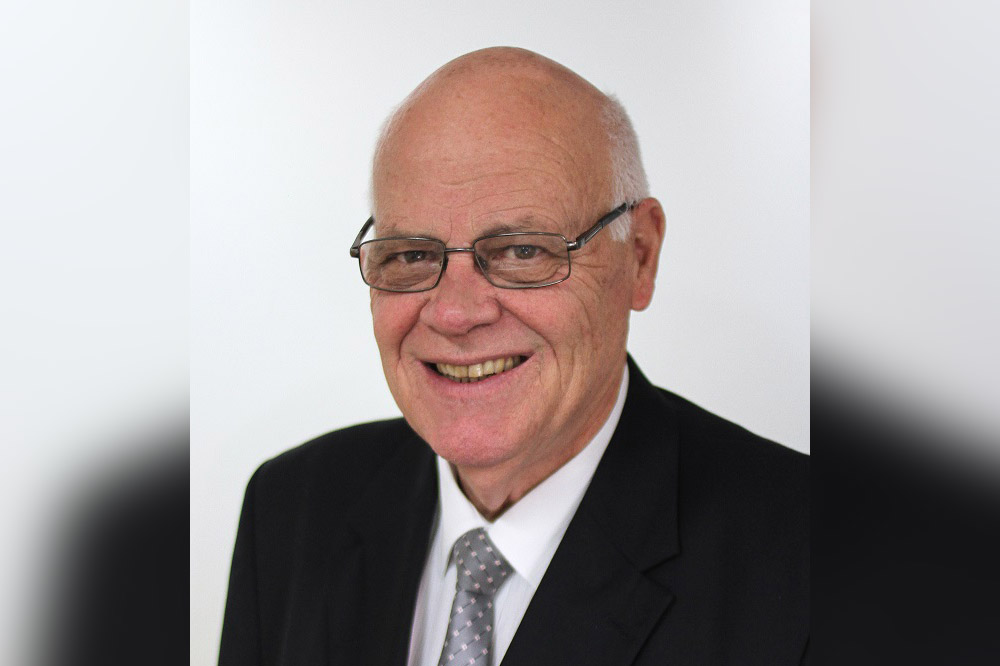
As states and regions across Australia respond to the wide-ranging economic fall-out from the COVID-19 pandemic, children and teachers are back in their classrooms.
There has been renewed public appreciation for the expertise and contribution of principals, teachers and other school staff, who worked tirelessly at the height of the pandemic to ensure education would not become a casualty.
While the contribution schools make to realising student potential and building the nation’s human capital are well-known, the economic activity they generate locally and the value this adds to state and national economies is less well documented or discussed, but also critically important.
Queensland’s independent schooling sector has sought to quantify its value to the state economy as a local employer, infrastructure investor and international education provider.
According to new analysis released today, the direct and indirect contribution Queensland independent schools make to the state economy has been estimated to top $4.88 billion. On average one enrolment at an independent school adds $40,300 to Gross State Product (GSP).
In terms of jobs – a key economic indicator – the sector supports the livelihoods of 33,560 full-time workers either directly employed or supported through the sector’s purchase of goods and services elsewhere in the economy. That’s one job for every 3.6 students enrolled at Queensland independent schools and a total wages investment of $2.95 billion benefiting local households.
These are among the headline findings of an updated report commissioned by Independent Schools Queensland at the start of the 2020 school year, prior to the COVID-19 pandemic. The analysis of the latest 2017-18 school income and expenditure data by independent global consultancy firm AEC Group updates economic modelling undertaken for the first time in 2016 using 2013-14 data.
As national and state and territory governments chart a path to economic recovery, employing an armoury of stimulus measures to boost jobs and private investment, it’s vital that existing successful public-private partnerships, such as the enduring one that has existed between governments and independent school parents for 50 years, are not forgotten or eroded.
This is particularly important for regional families and their local economies, with the small and large networks of independent schools in some communities making contributions to their local economies that exceed the state average. Among them are regions such as the Gold Coast, Moreton Bay and Sunshine Coast region, which contribute the highest number of jobs and GSP, outside Brisbane.
Independent schools operate with funding support from three key stakeholders, the Australian and Queensland Governments and parents. Governments together, on average, account for about 50 percent of independent school funding with the remaining 50 percent met by the private contributions of parents.
This valuable partnership delivers both economic returns and government savings. In Queensland for every $1 of combined public recurrent and capital investment in the sector, Queensland derives $3.66 in economic benefits. In addition, by not taking up a fully funded place at a state school, independent school families free up $1.02 billion in recurrent and capital funding annually for governments to spend on other essential services and nation-building programs. In the education sector, these savings equate to the construction of five new Prep to Year 12 schools and jobs for more than 10,100 beginning teachers.
Nationally the Independent Schools Council of Australia estimates the sector frees up $.4.8 billion annually in recurrent funding alone. The role independent schools and their tax-paying parent communities play in reducing the financial impost on the public purse in this period of unprecedented economic disruption should not be taken for granted; it must be encouraged and supported to continue.
Prior to the COVID-19 pandemic, economic conditions supported increased parental investment in school education. Between 2014 and 2019 the Australian independent schooling sector recorded average annual enrolment growth of 2%.
In Queensland sector growth has boosted economic activity. Between 2013-14 and 2017-18 enrolments in Queensland independent schools increased by 6,000 to 121,000 students and school numbers increased by 15 to 205 schools. Over the same period the sector added an extra $735 million to GSP (18% increase) and supported 2,702 extra jobs (9% increase) paying an additional $530 million in wages (22% increase). Jump forward to 2020 and the sector’s 218 schools now enrol almost 129,000 students – 15% of Queensland’s school-age population.
Like many sectors of the economy, it is unclear how the pandemic economic after-shocks could impact independent schools. What is clear from the economic modelling released today, is that independent schools are strong performing national investments that governments can ill-afford to take for granted.
David Robertson is the executive director of Independent Schools Queensland.


